News
What they found in the dark caves
View(s):We found nearly 150 taxonomic groups of fauna from all 18 caves including the dark ones,” says Dr. W.S. Weliange, explaining that the top-most diverse group was ‘decomposers’ such as fungi and bacteria, with spiders coming in second and lepidopteran moths taking third place.
The others included bats, rats, porcupines, reptiles, birds, fish, frogs, centipedes, millipedes, snails, scorpions, bugs, beetles, crickets, cockroaches, crabs, shrimps, leeches, flatworms, earthworms, ticks and mites.
Quoting Boris Sket who had made explorations into Sri Lanka caves, Dr. Weliange says he proposed four categories of ‘cave animals’.
They are:
- Troglobionts – Animals which have adapted to cave life and usually spend their full life-cycle in caves and cannot survive for a long period of time outside a cave.
- Eutroglophiles – Animals which have permanent subterranean populations like millipedes, spiders, cave crickets, moths and beetles which have adapted to the dark.
- Subtroglophiles – Animals which are inclined to continuously inhabit a subterranean habitat and remain associated with the underground environment for some biological function, like bats.
- Trogloxenes – Animals which normally live outside caves, but can occasionally be found in subterranean habitats, where they do not reproduce and are often considered as ‘strays’ such as porcupines, rats, monitors and bears.
Among the other finds of the LICAS team were seven types of Hymenoptera mud houses (homes of the mud wasp or kumbala), traces of animals like feathers, bird-droppings, nests, bat guano, exuviate (animal skins which had been shed), larval and pupal cases and eggs.
Flora (plants) was absent inside the dark stretches of the cave, but had been found at the entrance to some caves and included algae, bryophytes and ferns, it is learnt.
The birds that they found included the Collocalia fuciphaga (the edible-nest swiftlet) and Hirundo hyperythra (the Sri Lanka swallow).
Dr. Weliange says that his team which includes woman photographer Nayomi Sayanara captured images of nearly 30 microbial mats with filaments and spores and also 29 spider species.
Bringing to light some fascinating facts about spiders, he says that they are the most diverse group of animals found in Sri Lankan caves. Of the 44,540 species known from the world within the order Araneae (true spiders), about 1,000 species show typical cave-adapted features, while many more can be found at cave entrances.
“Spiders of the twilight zone are among the first predators living within caves, intercepting organisms coming from the surface. These top predators of underground environments can reach high abundance. All spiders are carnivorous. Cave spiders prey on almost anything as big as they are including slugs, worms, flying insects and even small vertebrates,” he adds.
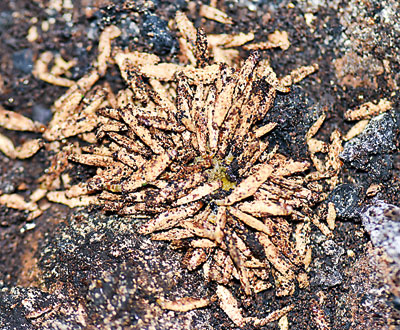
Pupal cases of Vavullena in Kosgala, Ratnapura
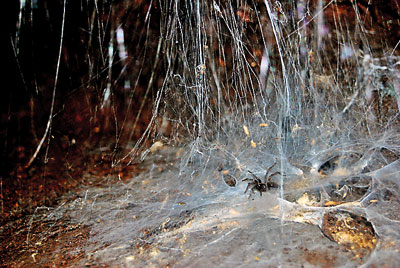
Spiders galore in Vavullena in Kosgala, Ratnapura
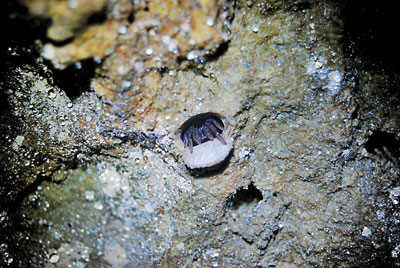
A trapdoor spider in the Sthreepura cave in Kuruvita
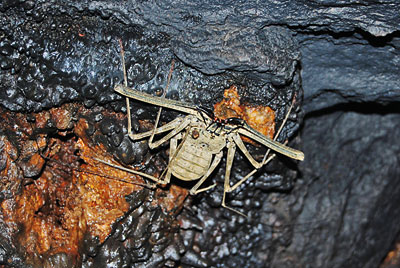
A whip scorpion of Vavullena in Kosgala, Ratnapura
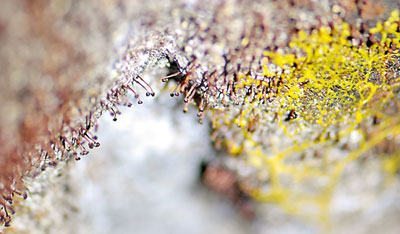
- The microbes of Malena in Siripagama, Ratnapura

